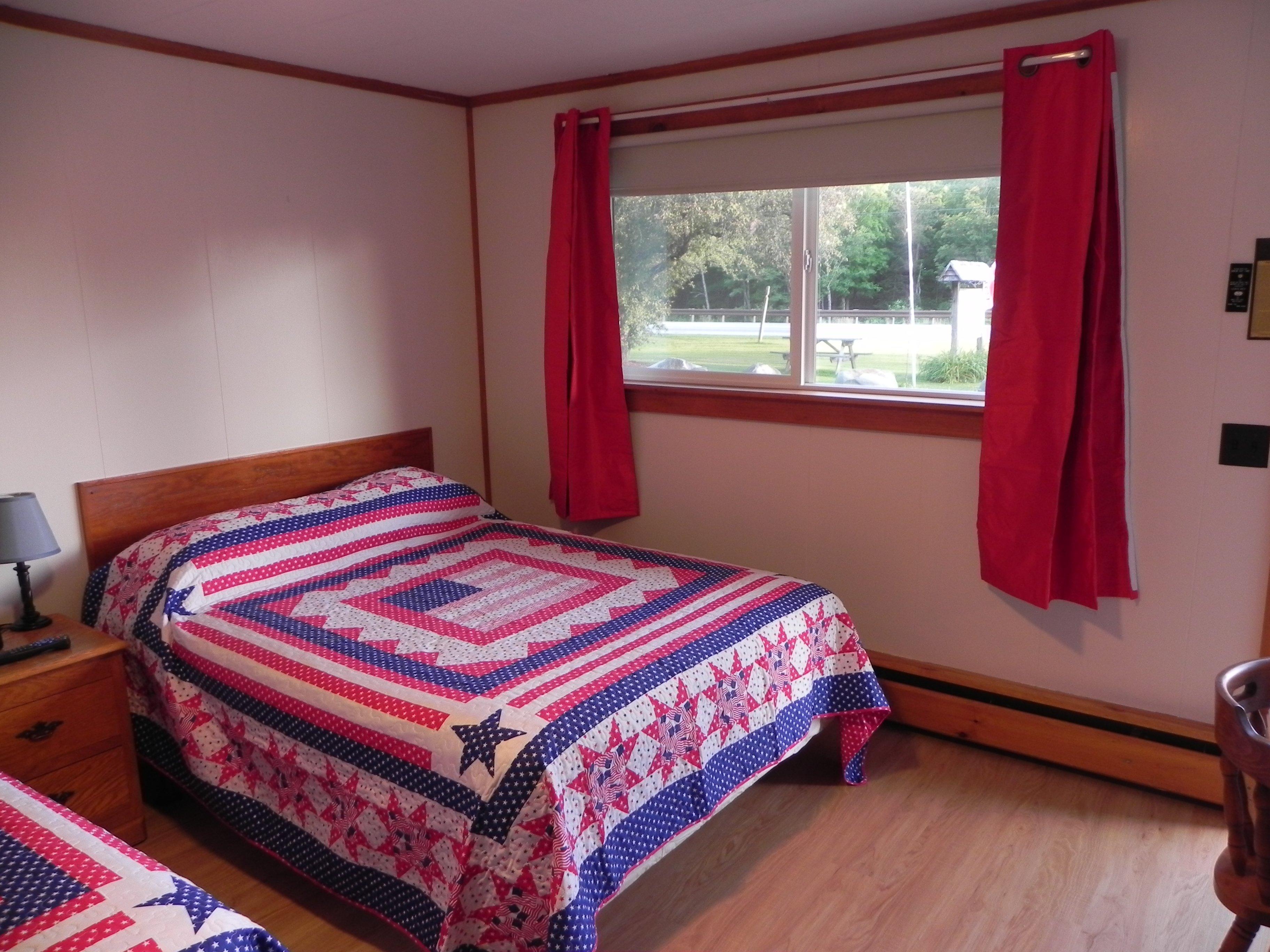Milo, ME
Advertisement
Milo, ME Map
Milo is a US city in Piscataquis County in the state of Maine. Located at the longitude and latitude of -68.983100, 45.250300 and situated at an elevation of 97 meters. In the 2020 United States Census, Milo, ME had a population of 1,751 people. Milo is in the Eastern Standard Time timezone at Coordinated Universal Time (UTC) -5. Find directions to Milo, ME, browse local businesses, landmarks, get current traffic estimates, road conditions, and more.
Milo, located in the state of Maine, is a quaint town known for its charming rural backdrop and vibrant local history. Often referred to as the "Town of Three Rivers," Milo is uniquely positioned at the confluence of the Sebec, Piscataquis, and Pleasant Rivers, making it a popular spot for outdoor enthusiasts who enjoy fishing, kayaking, and canoeing. The town's history is deeply rooted in its early 19th-century settlement and development as a logging and milling hub, which has left a legacy of historic buildings and sites. Visitors often explore the Milo Historical Society Museum, which offers insights into the town's past with engaging exhibits and artifacts.
In addition to its historical attractions, Milo is known for its community spirit and local events. The annual Black Fly Festival is a highlight, celebrating the local culture with music, food, and crafts, drawing visitors from around the region. Furthermore, the town provides access to the natural beauty of the surrounding Maine wilderness, with numerous trails and parks for hiking and exploring. Whether you're interested in its history, festivals, or natural scenery, Milo offers a slice of Maine's serene and storied landscape.
Nearby cities include: Sebec, ME, Medford, ME, Brownville, ME, Bowerbank, ME, Bradford, ME, Dover-Foxcroft, ME, Charleston, ME, Seboeis Plantation, ME, Howland, ME, Garland, ME.
Places in Milo
Dine and drink
Eat and drink your way through town.
Places to stay
Hang your (vacation) hat in a place that’s just your style.
Advertisement














